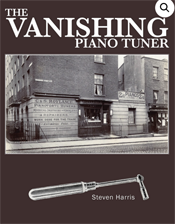Piano Dealers Shops Retailers Selling Pianos,
and Music
Pianos For Sale Yamaha Kawai digital pianos for sale in Douglas, Isle of Man IM1

UK Piano Page


